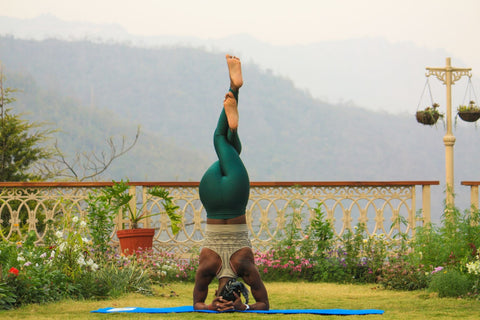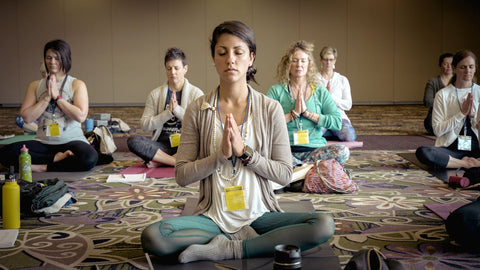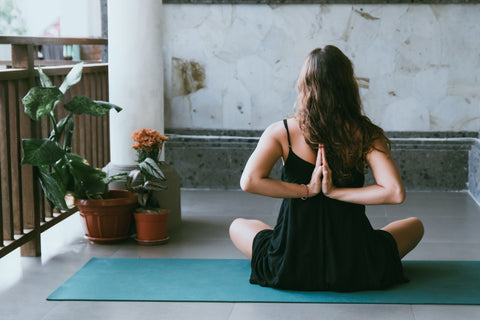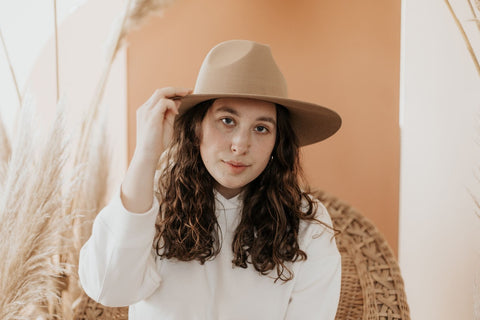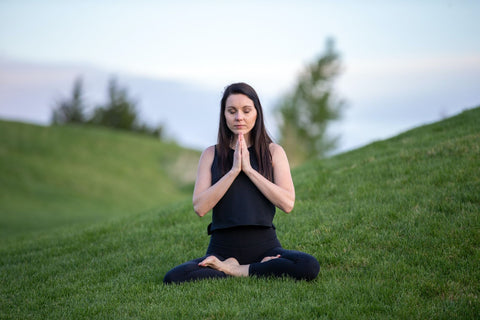The ancient practice of yoga has become a modern-day lifestyle. It offers a myriad of benefits ranging anywhere from mental stress reduction and emotional balance to physical maintenance and spiritual growth. The mind-body connection yoga provides has been widely recognized as an emblem of peace, serenity and well-being. And the use of aromatherapy blends while practicing yoga can enhance a practitioner's experience and invite deeper meaning into the art of asana.

Essential oils are highly concentrated oils derived from distillation of natural botanicals such as flowers, roots, plants, seeds, and so on. These natural oils have been used throughout history for their medicinal and therapeutic benefits. The most common therapeutic application of essential oils is that of aromatherapy, where healing is achieved through the aromas of the essential oils. If you haven’t been introduced to essential oils, consider integrating them into your yoga practice.
Here are three easy ways to incorporate essential oils.

Smudging
Blending oils in a glass spray bottle can help purify and cleanse a space. Spritzing your favorite oils throughout the room with intention can shift a room’s energy, creating a sacred space for you to begin your practice. Blends can also be used after your practice to cleanse your yoga mat, blocks, or straps. Some great oils to use are wild orange, lavender, peppermint, melaleuca, rosemary, grapefruit or oregano, known not only for their purifying benefits, but also for supporting the immune system.
Diffusing
This is the most common way of delivering an aromatic experience to any space. You’ve probably seen diffusers in spas, studios, and boutiques providing the benefits of essential oils through a light mist. You can find an array of diffusers at your local grocer or through sites like Amazon. Any oil that is pleasant to you will will help create a heightened atmosphere conducive for boosting the effects of yoga. Lavender, patchouli, wild orange, vetiver, bergamot, clary sage, lemongrass, spearmint, wintergreen and cinnamon are all great options to diffuse alone or in a blend of your own. One to two drops is all you need, just combine with cold water.
Topical Anointing
The power of touch can be extremely healing. Beginning your class with an essential oil on your wrist or temples may help infuse energy and attention into your practice. Ending class, you may experience a light adjustment in Savasana (corpse pose) with essential oils to your temples, shoulders or back of the neck. This type of application can boost the calming effects, preparing you for a deeper yogic experience during the final moments of this restorative pose. Try peppermint and orange to begin and lavender and patchouli to end. Anytime you apply an essential oil directly to the skin, you should dilute it with a carrier oil.
When choosing essential oils, think of natural sources that are pleasant and uplifting. Be mindful of the emotions and energy these sources cultivate within you. As always, everyone reacts differently to scents, so it’s important to try first-hand what works for you as you’ll want to evoke positive energy and light into your space. Integrating essential oils with the power of yoga facilitates deeper connection, heightened awareness and growth in the mind + body + soul.
About the Author

Tiffany Blackham is a YogaClub Tribe Leader, avid yogi, mom of 3, health & wellness advocate and creator of stonefoxfeather- a line of healing delights. She loves sharing her insights and daily doses of inspiration on living a life full of passion, balance, and soulful exchanges. For more information on oils, please visit Tiffany's site at my.doterra.com/theoilfox.


